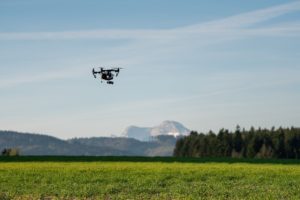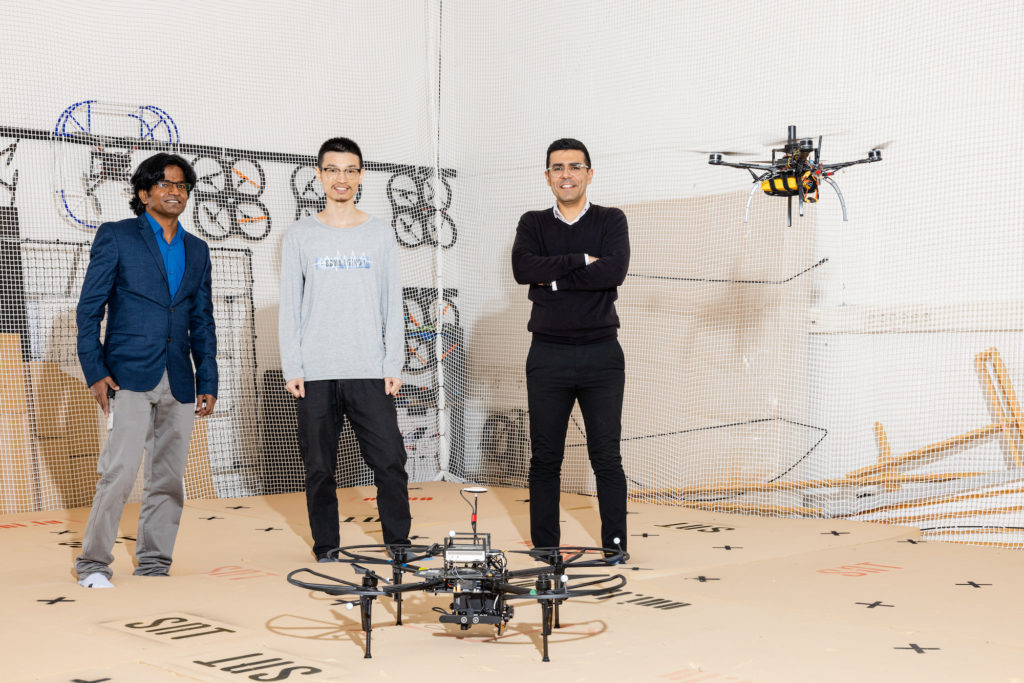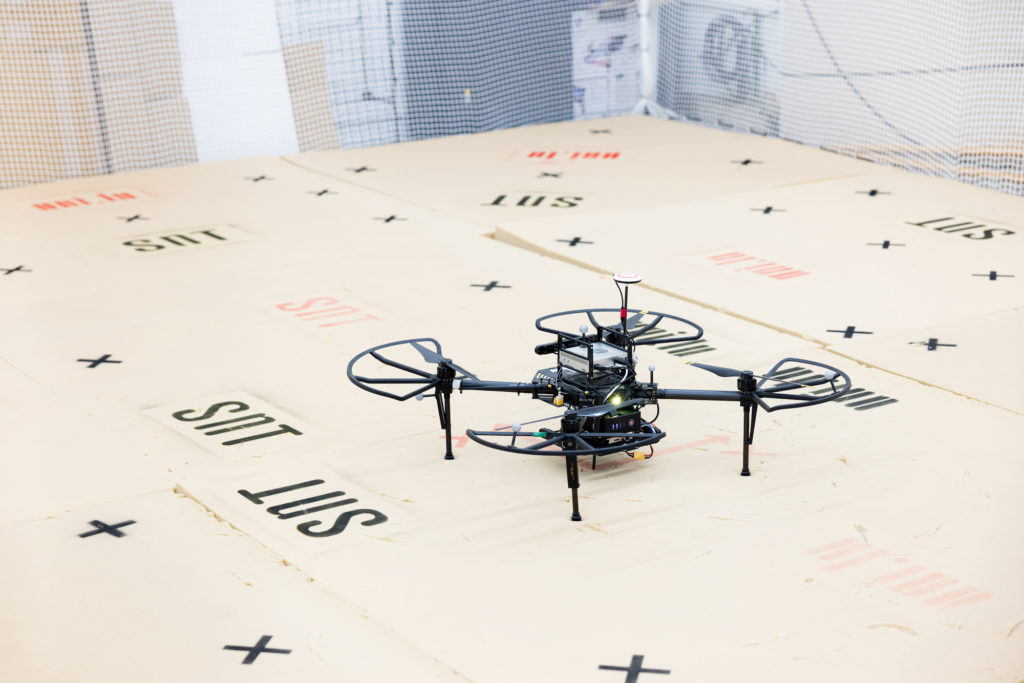Many of us are already using robots to vacuum our homes – but would we entrust a robotic arm with other household tasks, such as chopping our vegetables for us? Advancements in robotics over the last couple of decades have paved the way for useful real-world applications for robots – yet before we rely on them to fulfil key tasks, we need to ensure that these systems are safe to use, and secure from external threats (such as hacking).
This is what the European project “Secure and Safe Multi-Robot Systems” (SESAME) has set out to do. Launched in January 2021 by a consortium of 16 entities – both from industry and academia – the project focuses on

developing an open, modular, model-based framework for the systematic engineering of reliable multi-robot systems.
To prove the framework’s modularity and flexibility to cover multiple applications, the project also includes five real-world use cases on which it will be tested. These differ vastly, both for the types of robots used, such as static/moving robots, for indoor/outdoor use, as well as for the type of application domains they span, such as healthcare, agile manufacturing, agri-food, and inspection and maintenance.
To succeed, the researchers collaborating on this
multifaceted project will need to overcome two main hurdles: guarantee the safety of the robot’s behaviour, both towards humans and the environment, and ensure its security against cyberattacks. These goals are even more ambitious when considering that the project focuses on intelligent, autonomous multi-robot systems, able to take decisions on their own and collaborate with each other.
“The key question we are working on is how to generally design a safe behaviour, all while allowing robots to take autonomous decisions.”
Holger Voos, SnT Tweet
“The only way to tackle this problem is by developing a universal system with an interdisciplinary approach,” said Prof. Miguel Angel Olivares Mendez, head of the SpaceR research group at SnT and principal investigator on SESAME. “We are a team of industry and academic entities working on different aspects of the problem at the same time: AI, robotics, engineering, but also cybersecurity and software.”

"The only way to tackle this problem is by developing a universal system with an interdisciplinary approach.”
SnT’s team, which in addition to Olivares-Mendez includes Prof. Holger Voos, head of the Automation & Robotics research group as vice-principal investigator on the project, as well as Junlin Song and Dr. Jose Luis Sanchez Lopes, are working on sensor fusion and path planning for the robots. They recently completed the first phase of the project, which was all about understanding the technical requirements of the use cases, identifying the skills and capabilities of the robots, and designing an autonomous model identification system to detect changes in perception.
“Our main focus is defining the robotic capabilities of these systems,” said Prof. Holger Voos. “The key question we are working on is how to generally design a safe behaviour, all while allowing robots to take autonomous decisions,” he continued. “And even more difficult, how to guarantee that they will always behave as intended, because you cannot test all of the possibilities,” he added.

In 2021, the team worked with Luxembourg winemaker Domaine Kox, also part of the pan-EU team working on SESAME, to carry out preliminary testing on one of the project’s use cases: autonomous pest management in viticulture, using drones to reduce fungicide spraying by 30% and increase its effectiveness by up to 60% compared with traditional tractor-based spraying. Applied to this use case, the work of the researchers is to use the drones’ sensors and plan their paths to maximise safety under certain weather conditions, such as wind.
“The demand for safety and security on autonomous systems is higher – much higher than for human agents doing the same job – and this is what we are aiming to provide,” concluded Olivares Mendez.